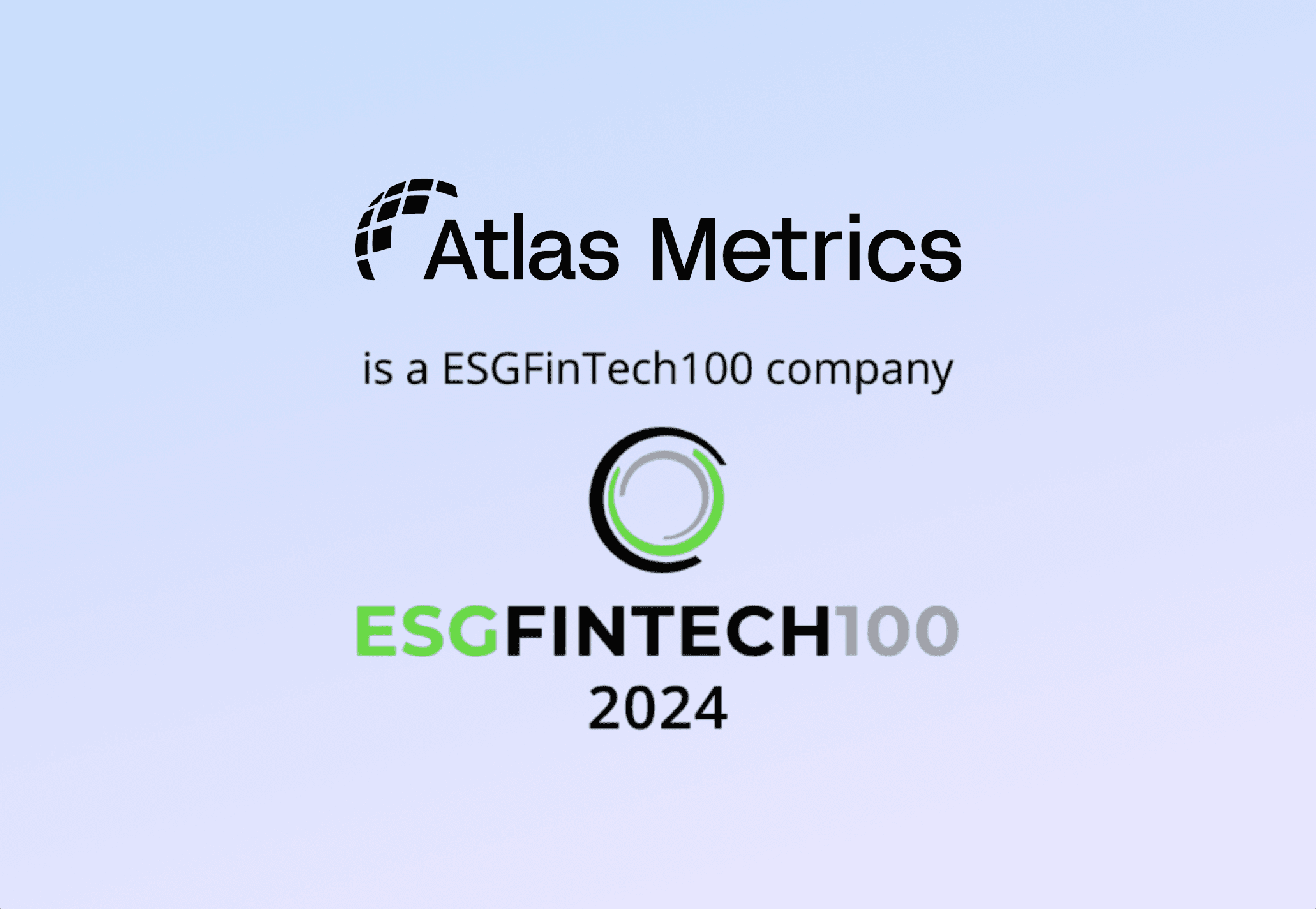The CSRD digital reporting requirements explained
31.05.2024
·
Greg Taylor
Under the CSRD, the non-financial reporting obligations introduced by the NFRD are significantly expanded. One key change is the new requirement for sustainability statements to be machine-readable: companies must present their sustainability information in a specified electronic format and tag it based on a digital taxonomy.
This requirement aims to:
Improve accessibility for stakeholders
Make data analysis and comparison easier and more efficient
Ultimately reduce costs for both the users and preparers of the statements
Regulatory background
Under the CSRD, Article 29d introduces the digital reporting requirement. Organizations must "mark up their sustainability reporting" according to the European Single Electronic Format (ESEF) regulation. This means companies are required to publish their sustainability statements in the Extensible Hypertext Markup Language (xHTML) format, with Inline XBRL-Tags (iXBRL). This extends the use of XBRL (eXtensible Business Reporting Language), a standardized format for business and financial information, to include sustainability information as well.
To facilitate this, EFRAG, a non-profit association providing technical counsel to the European Commission, released a preliminary draft of the XBRL Taxonomy for sustainability information on February 8, 2024. After the public consultation, the final ESRS XBRL Taxonomy is expected in Q3 of 2024. Following EFRAG's work, the European Securities and Markets Authority (ESMA) will develop a regulatory technical standard (RTS) detailing the specifics of digital tagging, including timing and the level of tagging.
The European Commission will adopt ESMA's XBRL Taxonomy, expected in early 2025. Eventually, companies must publish their digitally tagged sustainability statements on the European Single Access Point (ESAP), which is under development and should be completed by summer 2027.
What is the XBRL Taxonomy?
To allow organizations to present their sustainability statements in a structured and machine-readable format, EFRAG has been tasked with developing a digital XBRL Taxonomy for the ESRS. This taxonomy enables reporting organizations to tag (or mark-up) their reports’ sustainability information, enhancing accessibility and analysis.
This process involves digitally labeling specific data points with the help of specialized software. This makes the information machine-readable, allowing for easy identification and extraction. By serving as a classification system aligned with ESRS standards, the XBRL Taxonomy not only defines and structures data elements but also clarifies mandatory data points for ESRS compliance.
EFRAG’s Draft XBRL Taxonomy aligns with the overarching structure of ESRS, encompassing 2 cross-cutting standards (ESRS 1 & ESRS 2) and 10 topical standards (E1-5, S1-4, G-1).
It encompasses three distinct types of data points:
Numerical, quantitative data points (metrics), which are characterized by their high level of comparability.
Non-numerical but comparable types (e.g Boolean values), often referred to as "semi-narrative," facilitating easy tagging and offering direct comparability.
Narrative types (text blocks), distinguished by a lower level of direct and automated comparison.
How can organizations prepare for the digital reporting requirements?
A multitude of technical requirements are on the horizon. That is why it is crucial to adopt XBRL-centric methodologies and software solutions as soon as possible to allow for a more care-free implementation later on.
To streamline compliance with these requirements, adopting XBRL-centric data preparation and collection methodologies can significantly ease the tagging process for sustainability statements. While the human-readable report serves as the foundation for digital tagging, proactively incorporating XBRL requirements during data gathering for ESRS disclosures greatly simplifies the tagging process later on. Therefore, choosing a software vendor that prioritizes digital tagging for ESRS reporting solutions will have a significant impact.
Another helpful approach is to conduct an initial data gap assessment using EFRAG's Datapoint Excel (IG3), which helps identify existing data and any potential gaps. Since this IG3 document is aligned to a certain extent with EFRAG's XBRL Taxonomy, preparers can gain insight into the required level of information granularity and simplify the transition towards full XBRL-centric data collection.





